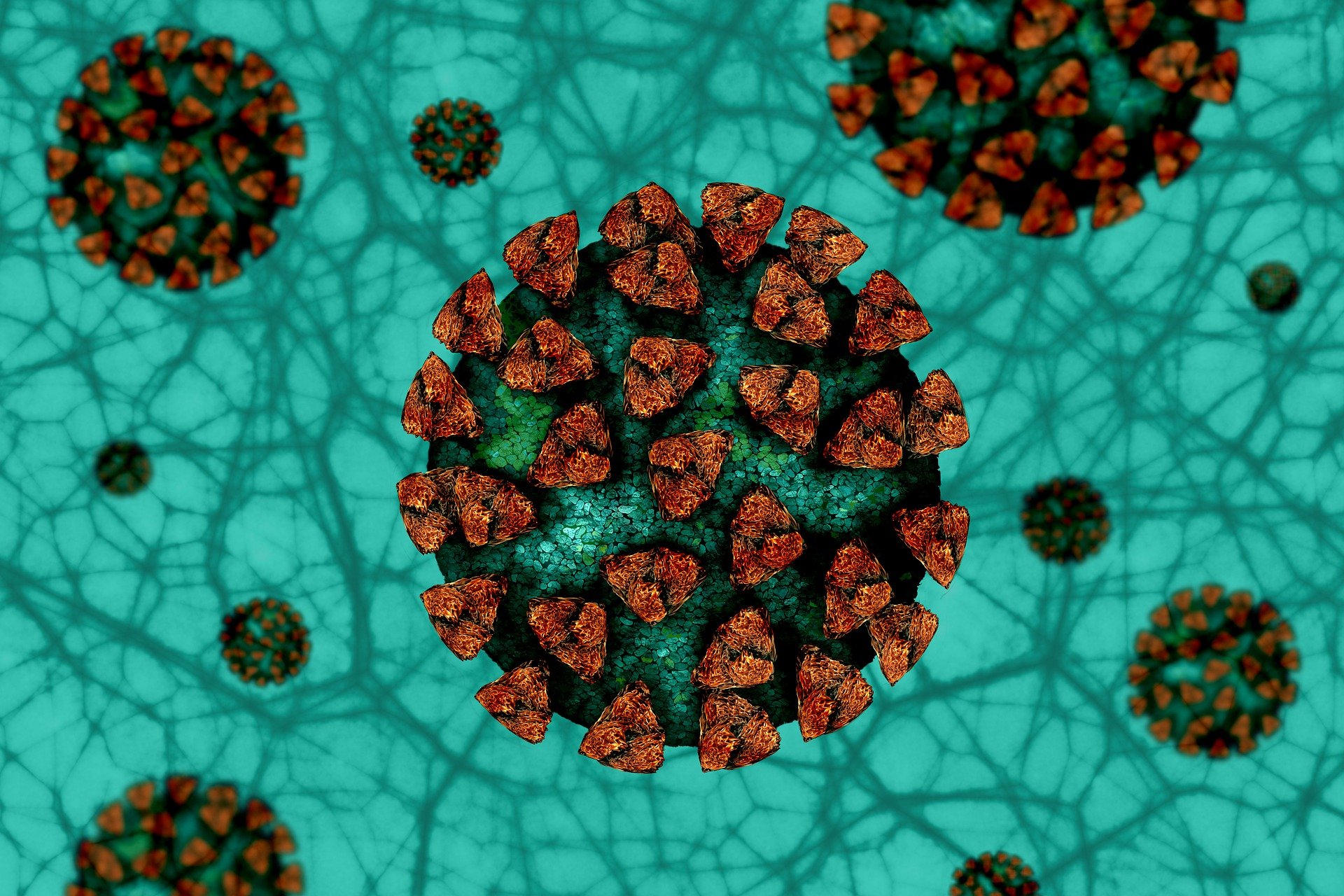
The Covid-19 pandemic’s influence on health extends beyond the virus itself, with unexpected implications for the annual flu shot. The influenza B/Yamagata lineage, typically included in quadrivalent flu vaccines, has not been detected since March 2020, suggesting possible extinction. This phenomenon has prompted the World Health Organisation and the US FDA to recommend its removal from future vaccines. However, this is not a straightforward process, mainly due to licensing issues. Quadrivalent vaccines are the norm in many high-income countries, including the US, and most manufacturers only hold licences for these four-strain formulas. Reducing the number of targeted strains could simplify production, but the regulatory procedures to revive trivalent licences could be complex.
- COVID-19 measures may have caused the extinction of the B/Yamagata flu strain, impacting future vaccine formulations.
- The disappearance of this strain prompts consideration of revising flu vaccines and dealing with regulatory challenges.
- Health authorities are navigating complex decisions to adapt flu vaccines in response to this unique situation.
The disappearance of B/Yamagata
The B/Yamagata flu strain was last detected in 2020, coinciding with the global spread of Covid-19. The Covid-19 pandemic led to unprecedented changes in human behaviour, such as social distancing, mask-wearing, and reduced international travel. These changes have affected the spread of other respiratory diseases, including influenza. The B/Yamagata strain, in particular, has seen a significant decrease in circulation, leading to questions about its continued existence.
The B/Yamagata lineage was known for having a lower transmission rate compared to the B/Victoria lineage, even before the pandemic. The suppressive conditions brought on by the pandemic may have further weakened the strain, leading to its potential extinction. Some experts have suggested that the strain’s disappearance could be due to the significant reduction in influenza cases caused by the pandemic.
The implications of an extinct strain
The apparent extinction of the B/Yamagata strain has significant implications for the composition of future flu vaccines. Quadrivalent vaccines, designed to protect against four strains of the virus, may need to be reformulated. This is not a simple task, with most manufacturers of quadrivalent vaccines only holding licences for these specific formulas.
The World Health Organisation and the US FDA have recommended the removal of the B/Yamagata strain from vaccines, citing a low risk of infection and the potential risk of reintroducing the virus if it remains a vaccine component. However, this raises questions about what to replace it with, if at all. One possibility is to revert to trivalent vaccines, which protect against two influenza A strains and a B/Victoria strain. Another option is to include two A(H3N2) candidate viruses in a quadrivalent vaccine to improve antigenic coverage.
The challenge of vaccine reformulation
The reformulation of flu vaccines is not a trivial process. For one, the removal of a strain requires regulatory approval, such as from the FDA in the United States. In the case of the US, all currently distributed and licensed vaccines are quadrivalent, and trivalent licences for these vaccines are technically still available but have been moved to a “Discontinued” status. Reviving these licences would require navigating complex regulatory procedures.
Furthermore, the decision to remove a strain from a vaccine does not necessarily mean it will happen immediately. The WHO, for example, has recommended the removal of the B/Yamagata strain from the 2024 Southern Hemisphere’s winter shot. It remains to be seen how and when vaccine reformulation will happen, but it’s clear that it’s now in the works.








